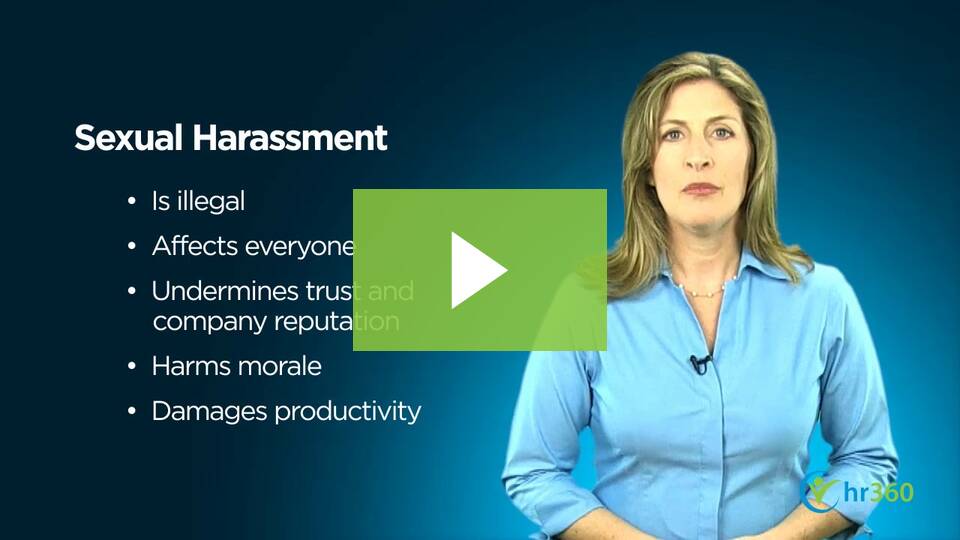Deadline Approaching: Medicare Part D Notices Are Due Before Oct. 15
|
|

Each year, Medicare Part D requires group health plan sponsors to disclose to individuals who are eligible for Medicare Part D and to the Centers for Medicare and Medicaid Services (CMS) whether the health plan’s prescription drug coverage is creditable. Plan sponsors must provide the annual disclosure notice to Medicare-eligible individuals before Oct. 15, 2019.
What is this notice?
This notice is important because Medicare beneficiaries who are not covered by creditable prescription drug coverage and do not enroll in Medicare Part D when first eligible will likely pay higher premiums if they enroll at a later date. Although there are no specific penalties associated with this notice requirement, failing to provide the notice may be detrimental to employees.
What do employers need to do?
Employers should confirm whether their health plans’ prescription drug coverage is creditable or non-creditable and prepare to send their Medicare Part D disclosure notices before Oct. 15, 2019. To make the process easier, employers often include Medicare Part D notices in open enrollment packets.
Resources
CMS has provided model disclosure notices for employers to use. Employers are not required to use the model notices from CMS. However, if the model language is not used, a plan sponsor’s notices must include certain information, including a disclosure about whether the plan’s coverage is creditable and explanations of the meaning of creditable coverage and why creditable coverage is important.
|
|
Hold on to Talent With Stay Conversations
|
|

Some people think employment is all about the money, but they’re wrong. For many, it’s about the opportunities.
In fact, Gallup cites “lack of development and career growth” as the number one reason employees leave their workplace.
Employees expect some development opportunities, so ignoring this outright can quickly lead to an exodus.
How can you ensure you’re offering suitable opportunities to keep your employees happy? “Stay conversations” are a good way to start.
What They Are
Stay conversations are ongoing, informal meetings between employees and their supervisors. They are intended to provide the employee time to discuss their motivations and attitudes toward their job.
In other words, you’re checking in with employees to make sure they feel fulfilled and working together to find growth opportunities.
Questions you’d ask in a stay conversation might include: What about your work is most exciting? What aspect of your job are you most passionate about? Do you feel like you are getting the recognition you deserve? What are some of your career goals?
Planning for Them
Stay conversations should be informal, but they should also be scheduled in advance, so as to not startle the employee. They should also be ongoing to show that you truly care about employee growth. Don’t wait until employees are halfway out the door. Start having these conversations right away!
|
|
Employers Are Expected to Spend More on Health Care and Wellness in the Next Year
|
|

According to Optum’s Wellness in the Workplace study, more than 80% of employers plan to spend more on health care and wellness in the next year than in previous years.
Health Care Spending
The cost of providing employer-sponsored health care has been steadily increasing over the years. According to the Kaiser Family Foundation, the average health insurance premium for family coverage was $19,616 in 2018, with employers paying 71% of that cost. Premiums are expected to continue to increase, which means employer health care spending will increase too.
Wellness Spending
To mitigate rising health care costs, improve attraction and retention, and increase employee well-being, many employers plan to spend more on wellness initiatives in the upcoming year. Specifically, employers plan to focus on mental health initiatives and disease management.
|
|
Preventing Sexual Harassment in the Workplace
|
|
Despite decades of attention in the media and courts, sexual harassment remains a significant and costly problem in today's business environment. Learn how to prevent sexual harassment in your workplace by watching the video below.

|
|
|
|